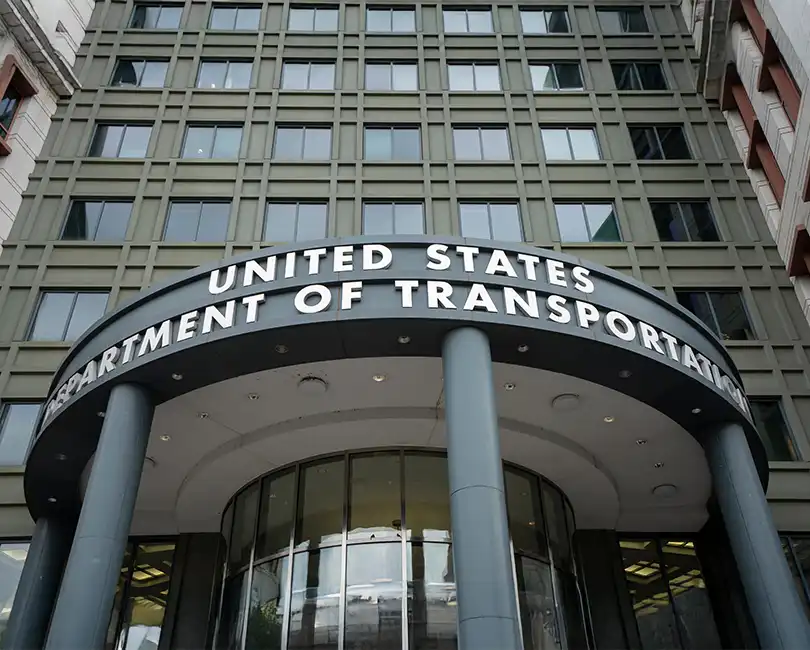The International Journey: AEC Firms Go Global

As firms develop their growth plans and strategies, conducting business outside of the United States is a frequent topic of discussion. Missteps in an international expansion are common, but there is also significant potential if you approach it with the right tools and the right knowledge.
First, it’s important to note that international expansion won’t and shouldn’t happen overnight. Rushing into such a complex environment does not allow you to build a solid foundation for success. It’s critically important to commit time to perform the necessary due diligence and be proactive in understanding the hurdles you may encounter. Remember, dip your toes first before you dive into unknown waters.
So, What’s the Big Deal?
For starters, doing business in different countries means adapting to differences in accounting standards, tax year-ends, regulatory requirements, and multinational taxation. Globalization is nothing if not a tricky business when it comes to taxes. This includes U.S. taxation of foreign-source income, determining corporate income tax and indirect taxes such as the value-added tax, withholding tax, and miscellaneous taxes on business transactions to name a few.
To prevent these from becoming profitability obstacles, you must manage tax risk differently at every stage of your international journey.
The Stages of Expansion
In the Beginning Stage
Most firms will be handling international projects from the comfort of their U.S. office. Even if you do not have boots on the ground, you must be aware of your foreign tax and filing requirements. You will also still be liable for U.S. tax and filing requirements. However, there are country-specific income tax treaty provisions that protect against double-taxation and provide exemptions and deductions.
In the Middle Stage
Firms have determined that they need a physical presence in a foreign country. This may include meetings, site visits, etc. Now is when things become even trickier. Depending on the country and the amount of time that your employees are present you may face exposure to certain employee related foreign taxation and reporting. There are tax triggers including the number of day’s in-country that impact your liability.
The Final Stage
Involves growth to the point where firms want to establish a permanent presence. However, this permanent establishment does not necessarily mean that you are setting up an office. In some countries, it will mean having an employee who is living in-country. When a firm does decide to set up shop with an office location, it is of particular importance to select a business structure that both aligns with your strategy and provides the maximum tax efficiency. There are many different structure options to choose from with each having their pros and cons depending on the specific needs and goals of the firm.
These are just a few of the many considerations for AEC firms operating in an international marketplace. Having a tax plan and being proactive in your due diligence process will go a long way towards your success. Additionally, working with a professional advisor who has international experience and knowledge will put you on the right track in an often overwhelming situation.
If you are already in a foreign market or just starting to think about international expansion, please join us as we tackle the challenges associated with each phase of the global lifecycle or check out our international blogs and videos.



